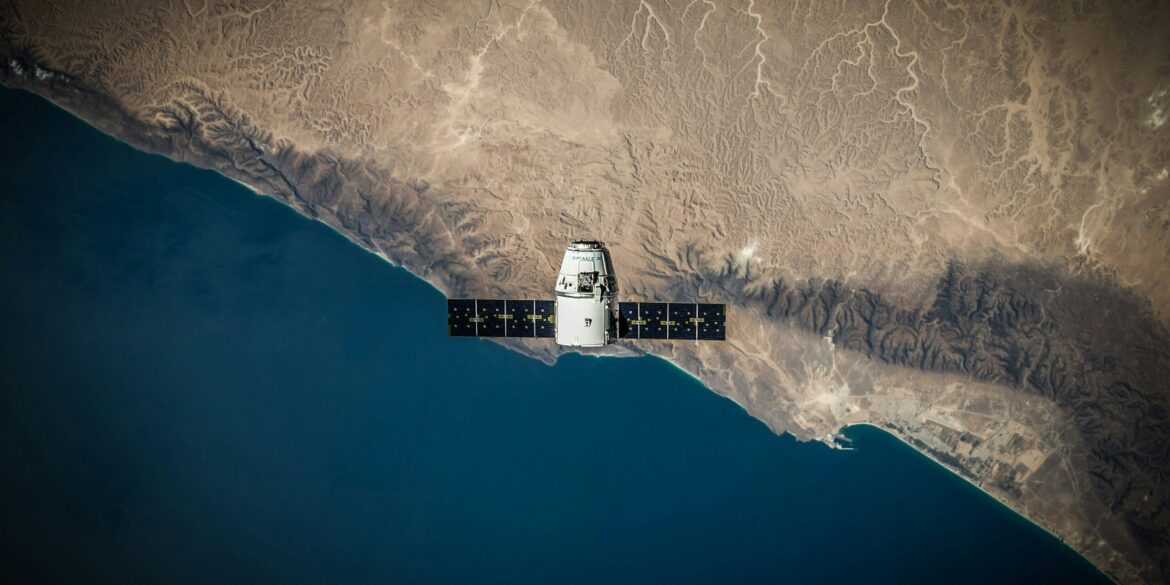A Historic Collaboration Between NASA and ISRO
On July 30, 2025, a new chapter in international space exploration was written with the successful launch of the NISAR (NASA-ISRO Synthetic Aperture Radar) satellite. The launch took place from the Satish Dhawan Space Centre in Sriharikota, India, marking a major milestone in the collaborative efforts between NASA and the Indian Space Research Organisation (ISRO).
Purpose of the NISAR Satellite: A Global Climate Monitoring Tool
The NISAR satellite is designed to collect highly detailed observations of Earth’s surface, specifically focusing on areas like land deformation, glacier movement, and natural disaster monitoring. The mission is particularly crucial for monitoring changes in Earth’s environment and the effects of climate change. The satellite’s data will provide valuable insights into how the planet’s landscapes are shifting due to both natural and human-induced factors.
Read also: US and India Launch Collaborative Lunar South Pole Exploration Mission
Advanced Radar Technology for Real-Time Observations
NISAR is equipped with a dual-frequency radar system—an L-band radar developed by NASA and an S-band radar created by ISRO. This combination of technologies allows the satellite to capture high-resolution images of Earth’s surface, even in the absence of sunlight or when cloud cover obstructs observation. These capabilities will enable NISAR to monitor a variety of environmental phenomena, including earthquakes, floods, and landslides, offering real-time data for disaster management and response.
Significance for Disaster Management and Climate Science
The real-time data provided by NISAR could revolutionize how governments and humanitarian organizations approach disaster preparedness and response. By continuously monitoring Earth’s surface, the satellite will help predict natural disasters, offering critical early warnings that can save lives and reduce economic damage.
Moreover, NISAR’s data will contribute to global climate change research, helping scientists understand how different regions of the world are affected by temperature fluctuations, deforestation, and other environmental factors.
Strengthening US-India Collaboration in Space
The launch of NISAR underscores the growing partnership between the United States and India in space exploration. This joint mission highlights the potential for international cooperation in tackling global challenges such as climate change and disaster response. The partnership between NASA and ISRO is expected to continue yielding groundbreaking scientific research in the years to come.
Read also: U.S. and India Initiate Groundbreaking Space Collaboration Initiative

